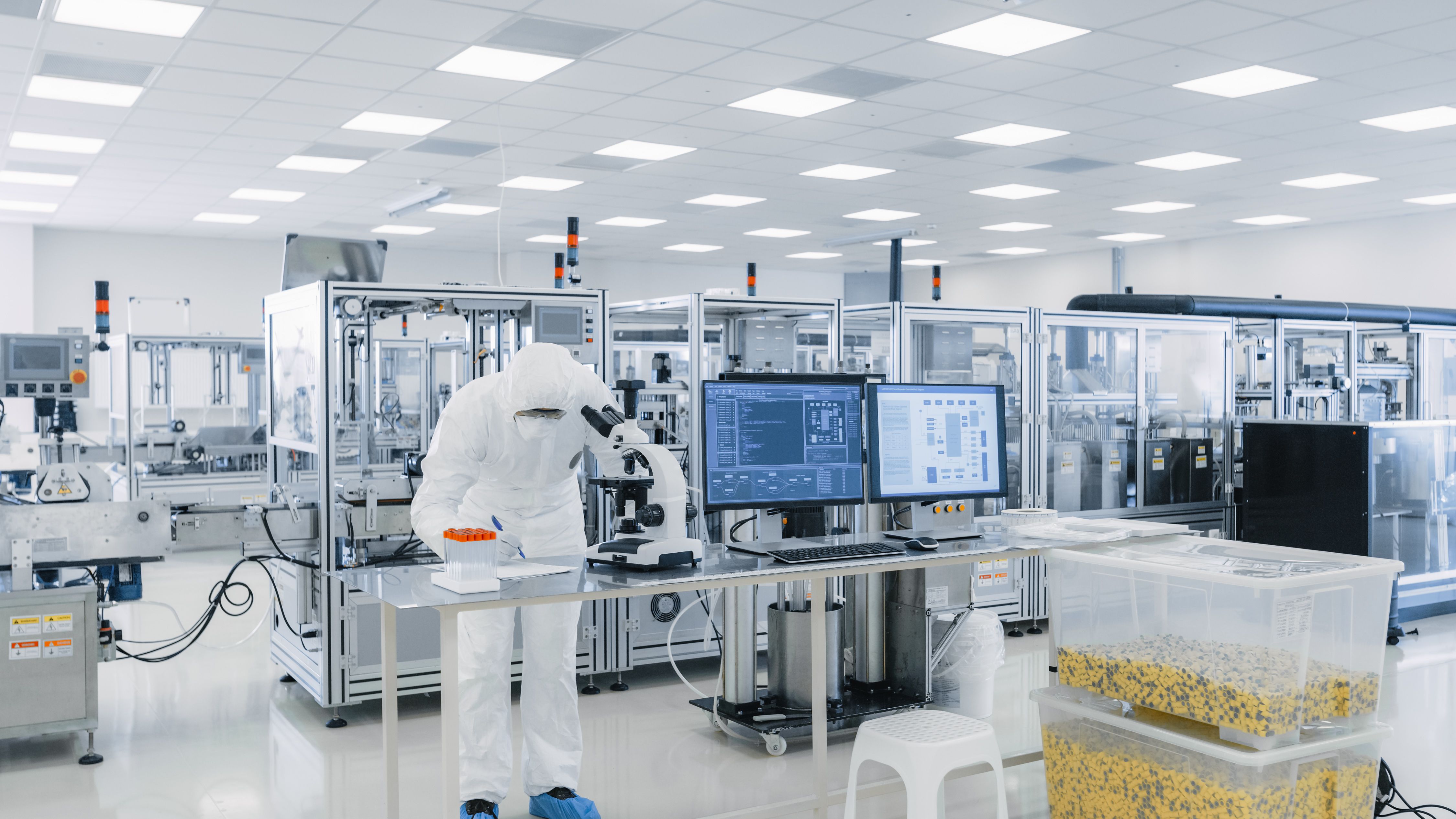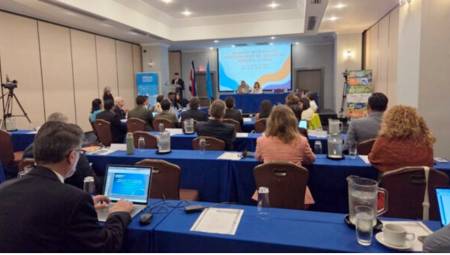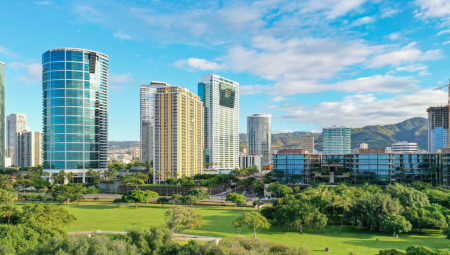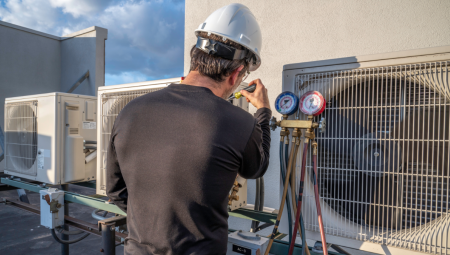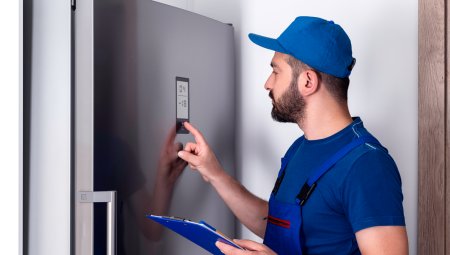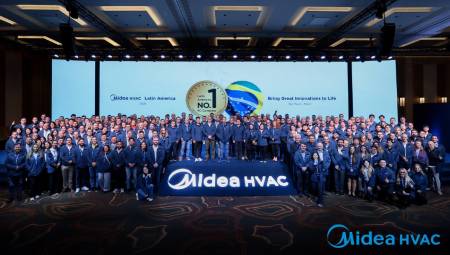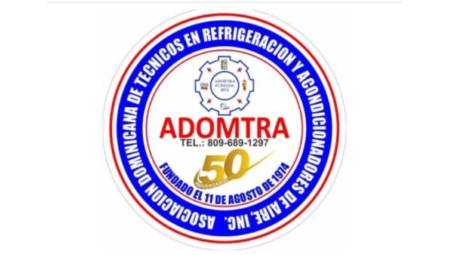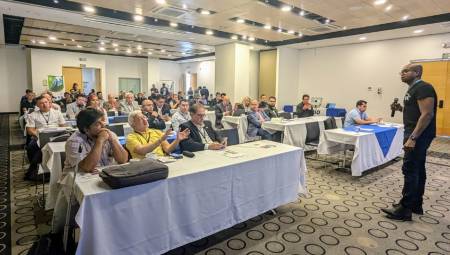Air conditioning in laboratories is essential to ensure optimal environmental conditions that allow the precise performance of procedures, as well as to preserve the safety of the occupants and ensure the validity of the results obtained.
by Álvaro León Pérez Sepúlveda
Laboratories are considered fundamental spaces for the advancement of science and technology, as well as for the continuous improvement of the quality of life. The research, experiments and analyses that take place in them are crucial for understanding and developing new materials, medicines, industrial processes and technological solutions.
In this way, the knowledge obtained there has a direct impact on innovation and the resolution of global challenges, such as clean energy, environmental conservation and sustainable development.
ACR Latin America inquired about the panorama of air conditioning and ventilation in laboratories and places where chemical processes are carried out, to learn about the challenges, standards and solutions that currently have an impact on this type of project.
Initial stage: what is taken into account?
Conditioning the air and ventilation of a laboratory or chemical process involves considering several aspects to ensure adequate conditions in the intervened facilities.
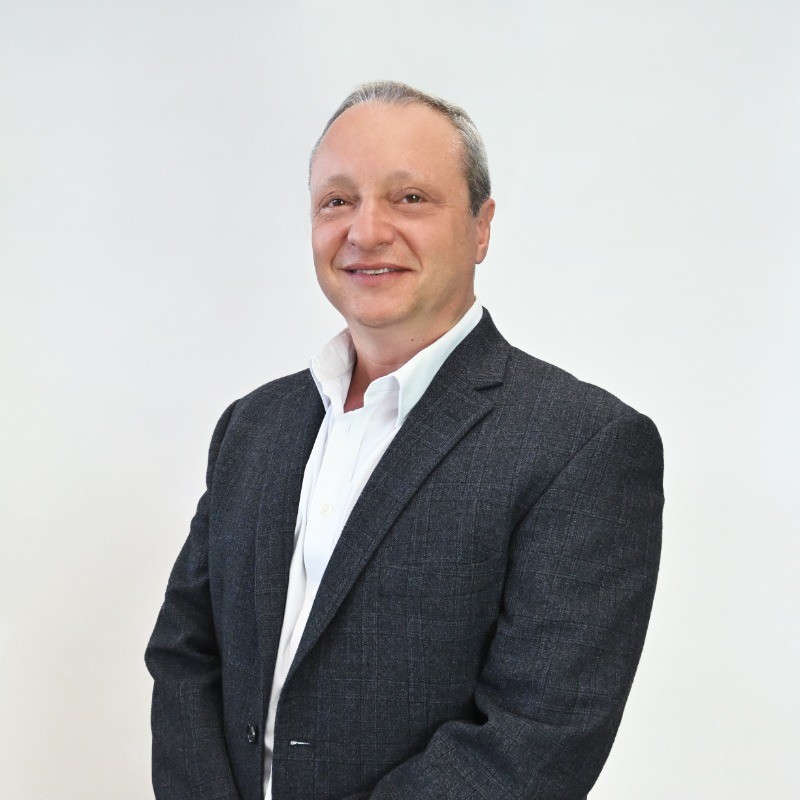 "The first thing is to have complete information about what the chemical or production process is going to be in order to understand the specific needs of the project. With this information, the client is advised and the design (or redesign) of the client is made and the budget is formulated," explains Salo Ponchner Geller, general manager of the Costa Rican company Multifrío.
"The first thing is to have complete information about what the chemical or production process is going to be in order to understand the specific needs of the project. With this information, the client is advised and the design (or redesign) of the client is made and the budget is formulated," explains Salo Ponchner Geller, general manager of the Costa Rican company Multifrío.
In the article 'Ventilation for contamination control in laboratories: safe and productive environments', the International Sales Manager of SICFLUX, Julio Díaz Serrano, refers to two key factors, such as air exchange ventilation and differential pressure.
"Systems that ensure an adequate air exchange rate are essential. This helps to dilute any pollution present in the air, thus reducing the risks to the people working in the laboratory," says the expert.
Then, Díaz Serrano adds that "implementing systems that maintain differential pressure between critical and non-critical areas prevents the migration of pollutants. Cleanrooms, for example, usually have positive pressure to prevent contaminants from entering the external environment."
 This and other technical factors are also referred to by Hisense's Technical Support Engineer, Mariano Vera: "The pressure ratio, positive or negative, with respect to the adjacent area must be taken into account to prevent or allow air to enter; minimal changes in outdoor air, to have better air quality when renewing it; the minimum total air changes, which are the lowest suggested air flow, according to the type of laboratory or chemical process."
This and other technical factors are also referred to by Hisense's Technical Support Engineer, Mariano Vera: "The pressure ratio, positive or negative, with respect to the adjacent area must be taken into account to prevent or allow air to enter; minimal changes in outdoor air, to have better air quality when renewing it; the minimum total air changes, which are the lowest suggested air flow, according to the type of laboratory or chemical process."
Vera adds that it is necessary to consider whether 100% of the air in the laboratory will go directly to the outside and if there will be a return of it to the inside. In addition, it points out that the relative humidity must be determined for mold control and the temperature of each design for the control of chemical processes or, in the case of hospital laboratories, to control viruses and bacteria.
Local and international standards
Under what international norms or standards is the design and execution of this type of project carried out? Are there specific laws on the subject in Latin American countries?
Salo Ponchner Geller, from Multifrio, describes the situation in his country: "In Costa Rica there is no specific legislation. However, out of professional responsibility we adhere to ISO standards and the standards of ASHRAE, SMACNA, NFPA and NEEB, among others, according to the needs of the project. In addition, some clients ask us to start from European, US or other countries, depending on where they come from," he explains.
The situation is different in Mexico, where the Federal Commission for the Protection against Sanitary Risks (Cofepris) operates. This body is responsible for regulating and certifying laboratories at the national level, qualifying them according to their activities and defining the requirements to validate their operation.
Mariano Vera, from Hisense, indicates that in Mexican territory, as in the rest of Latin America, the conditioning and ventilation of laboratories are regulated by international standards such as ANSI/ASHRAE/ASHE Standard 170 Ventilation of Health Care Facilities, ASHRAE Standard 169-2013 Climatic Data for Building Design, ISO 50001: Energy Management Systems and NOM-249-SSA1-2010 Classification of Controlled Areas for the Preparation of Sterile Mixtures.
Challenges of Laboratory Conditioning
In contrast to residential or commercial spaces (where environmental comfort is sought through conventional control of temperature, humidity and air quality), more demanding design criteria are applied when it comes to cleanrooms, laboratories and medical facilities.
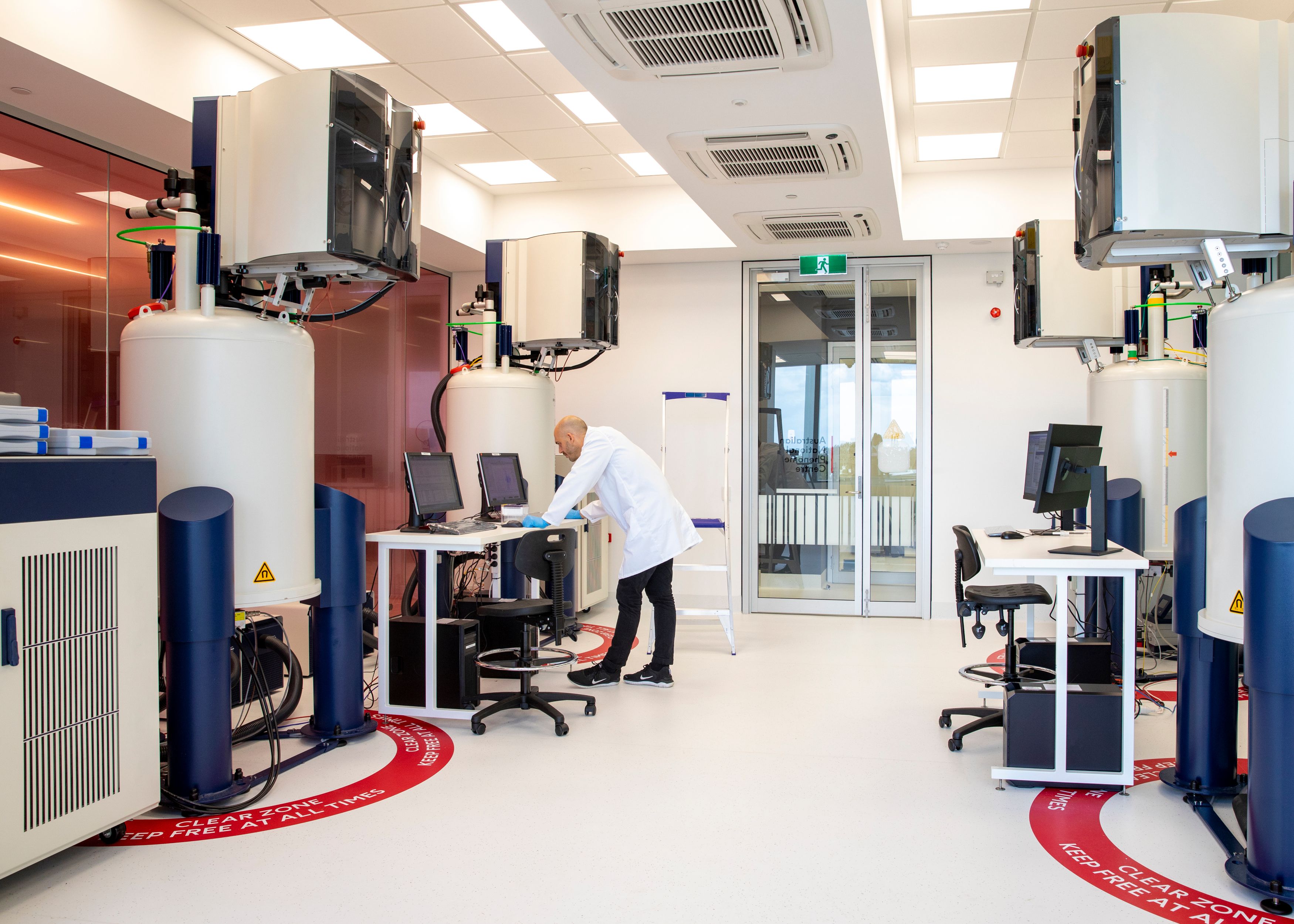
"Compliance with pressures in filtration, fresh air injection and the number of changes per hour must be included to ensure the amount of particles required by the room. The humidity and temperature control is much stricter, according to the process carried out in the laboratory," says the General Manager of Multifrio.
For his part, Mariano Vera assures that "laboratories and chemical processes must comply with strict safety measures to prevent damage to the health of employees, users, suppliers and even the people who live around them. For this, specialized HVAC equipment is required, so the economic investment is greater with respect to solutions intended for residential and commercial use."
"The economic factor also alters the outcome because a low budget can mean malfunctions in the conditioning, pressurization and ventilation systems. On other occasions, there are projects that involve risks to human health and, therefore, design, tuning and operation engineers must consider an adequate control system for the laboratory," emphasizes Hisense's Technical Support Engineer.
In this sense, Salo Ponchner Geller adds that the issue of costs can become a challenge when advising clients, and it is advisable that they understand the complexity of the process that is going to be carried out, the chemicals involved, the level of filtration needed, the environmental certifications required and the air balances proposed.
Solutions Marketplace
The experts consulted agree that there have been significant advances in terms of the electrical efficiency and sustainability of HVAC equipment and refrigerants used in laboratories and chemical processes.
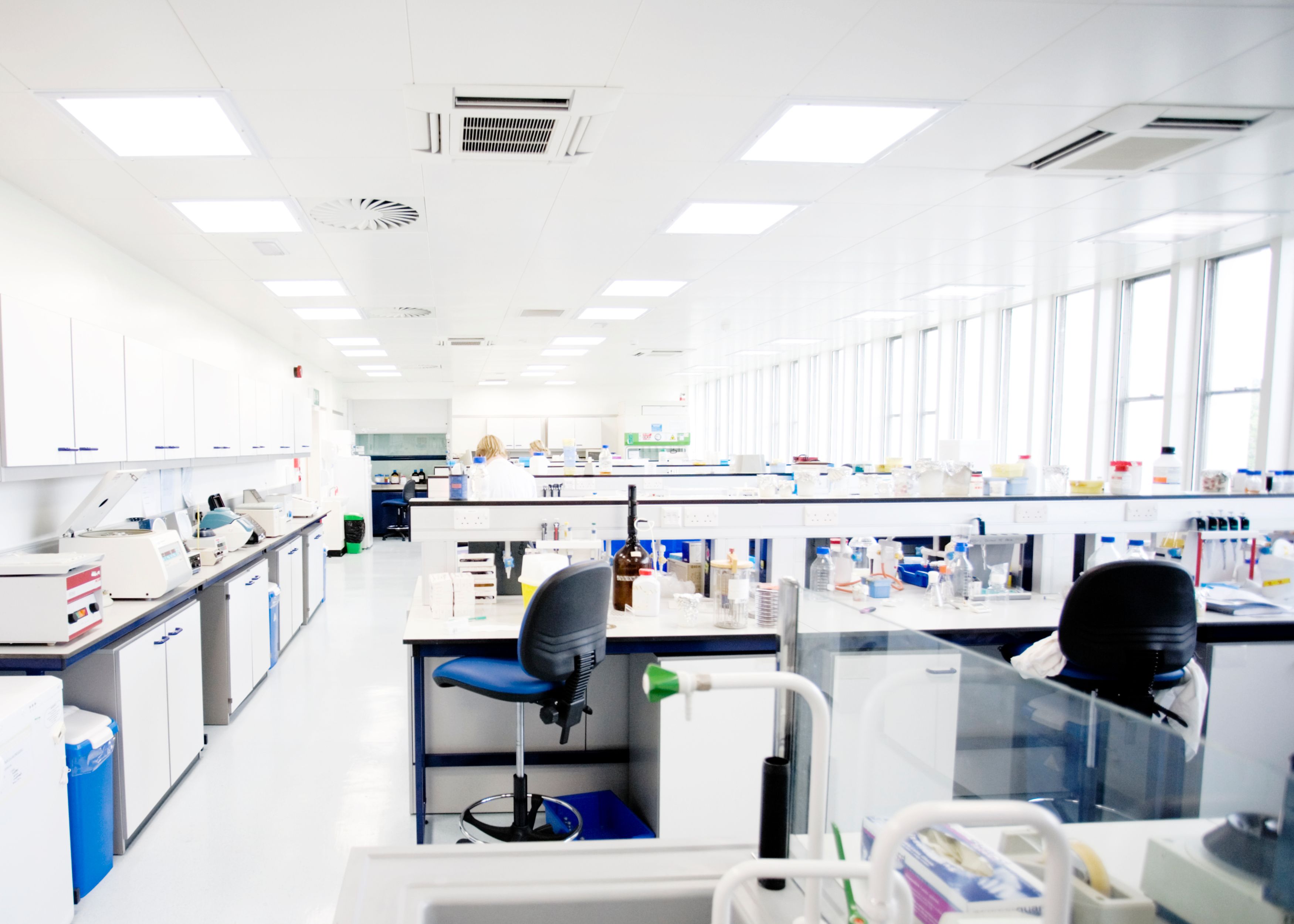
They also argue that the availability of specialized control systems, frequency inverters and other modern technological developments make it possible to guarantee the functionality of these spaces. The DX Air Handling Unit (UMA DX) connected to VRF condensers and the Water Air Management Unit (UMA WATER) connected to chillers, are just a couple of examples of this.
Currently, specialized paints are used to extend the useful life of this equipment, depending on the characteristics of the places where it is installed. There are also HEPA (High-Efficiency Particulate Air) filters, which are very efficient at cleaning the recirculated air of polluting particles, and ventilation systems with sensors to measure air quality in real time.
Is it justified to allocate high budgets to implement these highly complex solutions?
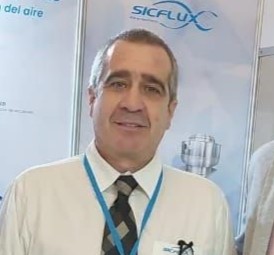 Julio Díaz Serrano sheds light on the matter: "Investing in customized ventilation systems for laboratories is not only a compliance measure, but an essential safeguard for researchers and their discoveries. The ability to control contamination, regulate air exchange rates, and maintain adequate differential pressures is essential to protect both ongoing experiments and the people involved."
Julio Díaz Serrano sheds light on the matter: "Investing in customized ventilation systems for laboratories is not only a compliance measure, but an essential safeguard for researchers and their discoveries. The ability to control contamination, regulate air exchange rates, and maintain adequate differential pressures is essential to protect both ongoing experiments and the people involved."


